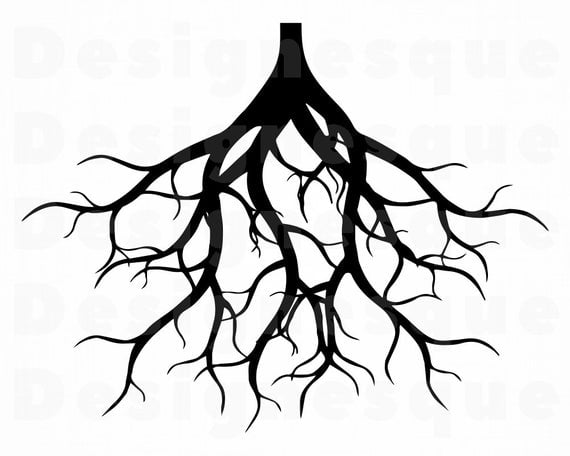The importance of maintaining Root Zone Temperatures
When a grower checks the temperature in a grow room their attention is drawn almost immediately to the environment above the pot or media and often what’s going on under the plant is often overlooked.
Root zone temperatures determine many factors in plant development and if not managed correctly can and will affect what’s going on above the media/pot. Without diving into a lengthy scientific discussion about cation exchange or NH4 uptake at certain temperatures along with countless other topics around the matter, I will find a few key points that hopefully help newer growers identify, understand and manage root zone issues before they have problems.
Most recommendations generally use 18-22 deg Celsius as an acceptable input for irrigation and root zone temperature for indoor cultivation up to 24 are acceptable within the media, but why. Temperatures here tend to keep all plant process within range, so PH, EC and oxygen levels stay favourable. Plant respiration is regulated by many factors and roots have a major role in this.
The type of system used for irrigation determines how a grower will combat root zone temperature variances. DWC/NFT systems often incorporate chillers and temperature control to maintain constant acceptable temperatures. Soil/Coco or organic growers can use root health products that incorporate enzymes and bacteria to combat any pathogens (Pythium) arising from unfavourable root zone temperatures and can broaden temperature parameters by a degree or two if temperatures are not favourable. Heat matts in the dark period or irrigating with 22-degree solution at start of light cycle instead of 18 degrees will help get cold roots up to acceptable temperature but be careful not to cause root shock. Try taking the temperature of media just before lights on, mid light cycle and just before lights off to help in manage the root zone. Increasing the irrigation water by 4-5 Degrees up to 18- 22 Deg at the start of light cycle in cold environments and cooler in warmer environments.
Frequency of irrigation can also alleviate temperature fluctuations as well. Try smaller or larger pots and adjusting irrigation to achieve less temperature variances in the light period. This should be considered as a strategy before problems arise. If irrigating once a day at start of light cycle make sure the root zone temperature is within range all the way through the light cycle and is able to return to lower parameters before next light cycle.
Remember plants like consistency and the aim is to keep fluctuations at a minimum and it is the grower’s job to consider all influencing factors and incorporate varying techniques to achieve a happy medium.
When root temperatures exceed room temperatures plants don’t like to uptake water or nutrients and will wait until conditions become favourable before resuming. Whilst they are doing this, they are in slow mode not producing and resistance to pest and disease is reduced.
As a media or pot warms up the amount of oxygen available decreases and extreme or prolonged excess temperatures nurture an anaerobic environment which should be avoided.
Roots below 16 Deg force the plant to slow as certain nutrients may be locked out or struggle to be taken up by the plant. Plant development will slow and nutrient deficiencies like iron will become apparent. Over extended periods plants stunt and produce very little.
An accepted temp range for root zones of 22-24 in vegetative and 18-22 in flower is acceptable. Lower temperatures in the floral stage promote plant hormones that are essential for fast flowering plants to bloom and a slightly warmer temperature in vegetative stage help plants to develop a stronger infrastructure faster and spend less time in the vegetative stage.
